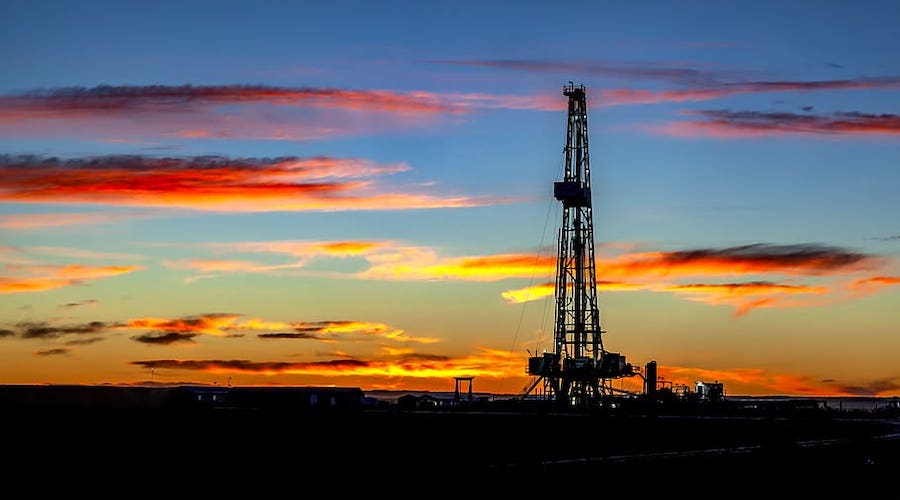
Existing laser-based systems for methane measuring use complex and costly mirror arrays to reflect light into a conventional detector. By contrast, the QLM product uses a single photon avalanche detector, which is so sensitive that it can detect just a few photons of light and can therefore “see” gas without the need for a mirror.
It is estimated that if just 3.2% of methane brought up from wells leaks rather than being burnt, natural gas becomes even more polluting than coal
“The oil and gas majors have pledged to significantly reduce their methane emissions, but you can’t manage what you can’t measure and no one is measuring methane properly, continuously, and at scale,” Murray Reed, CEO of QLM Technology, said in a media statement. “The scale of the problem is enormous, with more than half a million active gas wells in North America alone, and many thousands of offshore rigs and gas storage facilities worldwide.”
According to QLM data, it is estimated that if just 3.2% of methane brought up from wells leaks rather than being burnt, natural gas becomes even more polluting than coal. If released into the atmosphere, methane is 84 times more potent as a greenhouse gas than carbon dioxide.
Given the possibilities offered by QLM’s camera, the universities of Sheffield, Aston and Bristol decided to work further on it to expand the range of gases that the new sensors can detect.
This means that the technology could potentially be used in other sectors, such as mining and agriculture.




